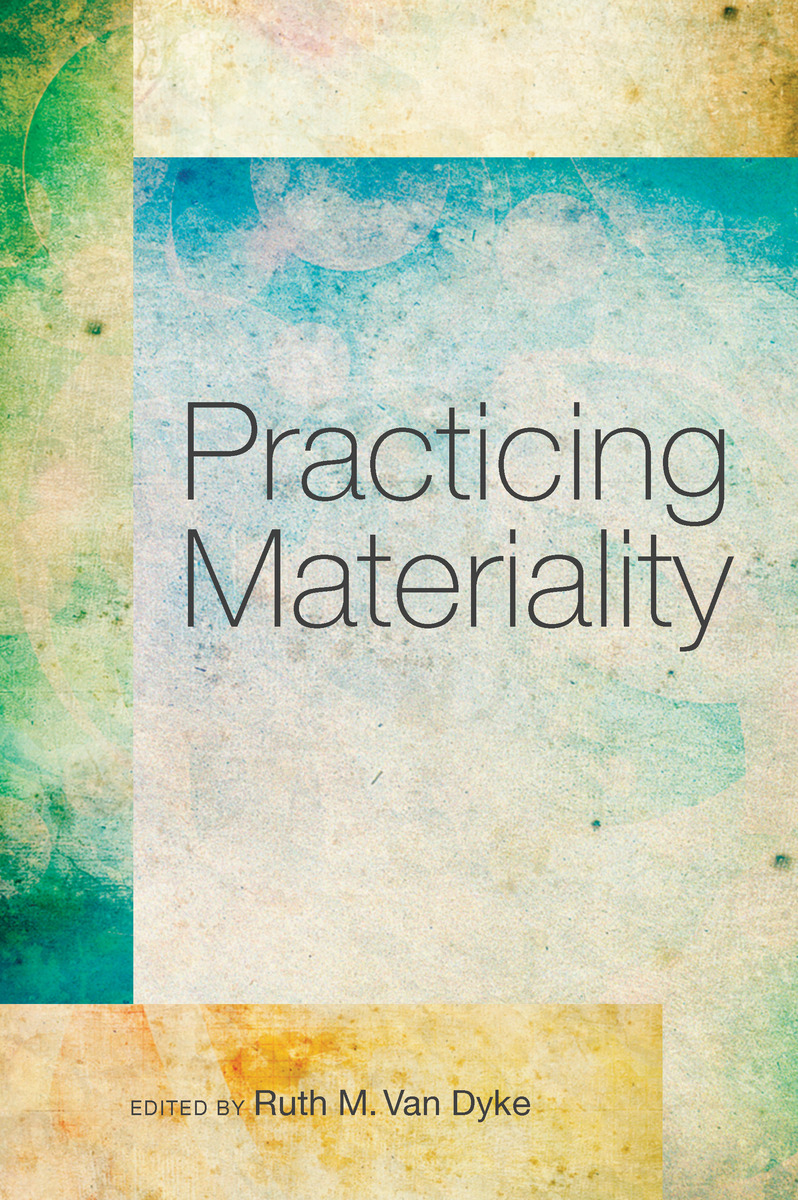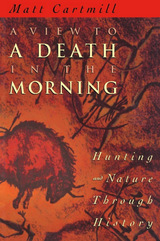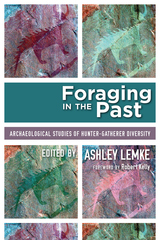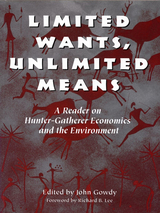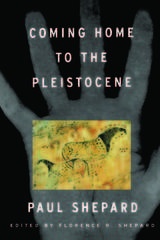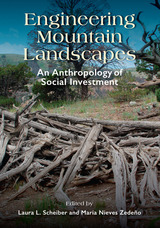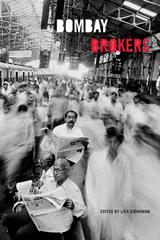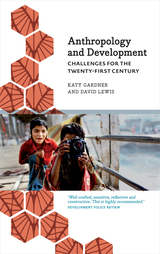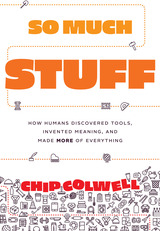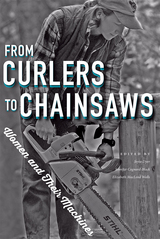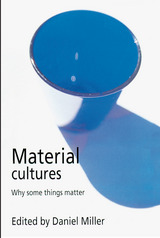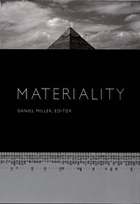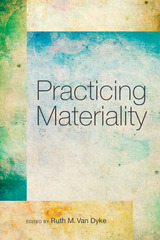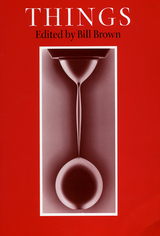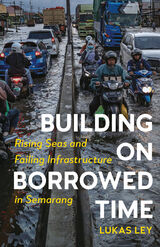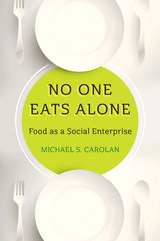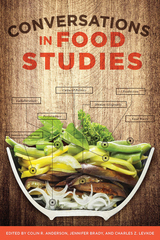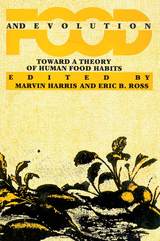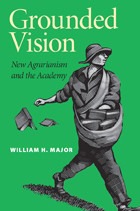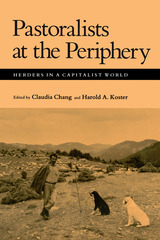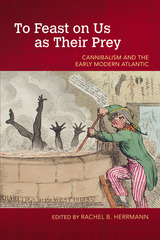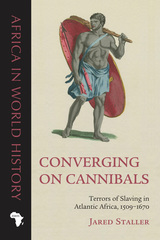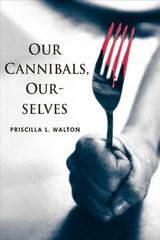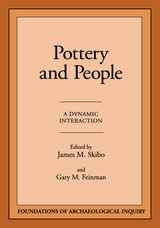Practicing Materiality
University of Arizona Press, 2015
Paper: 978-0-8165-3127-1 | eISBN: 978-0-8165-3233-9
Library of Congress Classification GN406.P73 2015
Dewey Decimal Classification 306.46
Paper: 978-0-8165-3127-1 | eISBN: 978-0-8165-3233-9
Library of Congress Classification GN406.P73 2015
Dewey Decimal Classification 306.46
ABOUT THIS BOOK | AUTHOR BIOGRAPHY | REVIEWS | TOC
ABOUT THIS BOOK
It is little wonder that relationships between things and humans are front-and-center in the contemporary social sciences, given the presence of technologies in every conceivable aspect of our lives. From Bruno Latour to Ian Hodder, anthropologists and archaeologists are embracing “thing theory” and the “ontological turn.” In Practicing Materiality, Ruth M. Van Dyke cautions that as anthropologists turn toward animals and things, they run the risk of turning away from people and intentional actions.
Practicing Materiality focuses on the practical job of applying materiality to anthropological investigations, but with the firm retention of anthropocentrism. The philosophical discussions that run through the nine chapters develop practical applications for material studies, including Heideggerian phenomenology, Gellian secondary agency, object life histories, and bundling. Seven case studies are flanked by an introduction and a discussion chapter. The case studies represent a wide range of archaeological and anthropological contexts, from contemporary New York City and Turkey to fifteenth-century Portugal, the ancient southwest United States, and the ancient Andes. Authors in every chapter argue for the rejection of subject/object dualism, regarding material things as actively involved in the negotiation of power within human social relationships. Practicing Materiality demonstrates that it is possible to focus on the entangled lives of things without losing sight of their political and social implications.
Practicing Materiality focuses on the practical job of applying materiality to anthropological investigations, but with the firm retention of anthropocentrism. The philosophical discussions that run through the nine chapters develop practical applications for material studies, including Heideggerian phenomenology, Gellian secondary agency, object life histories, and bundling. Seven case studies are flanked by an introduction and a discussion chapter. The case studies represent a wide range of archaeological and anthropological contexts, from contemporary New York City and Turkey to fifteenth-century Portugal, the ancient southwest United States, and the ancient Andes. Authors in every chapter argue for the rejection of subject/object dualism, regarding material things as actively involved in the negotiation of power within human social relationships. Practicing Materiality demonstrates that it is possible to focus on the entangled lives of things without losing sight of their political and social implications.
See other books on: Anthropological aspects | Material culture | Methodology | Technology | Van Dyke, Ruth M.
See other titles from University of Arizona Press
